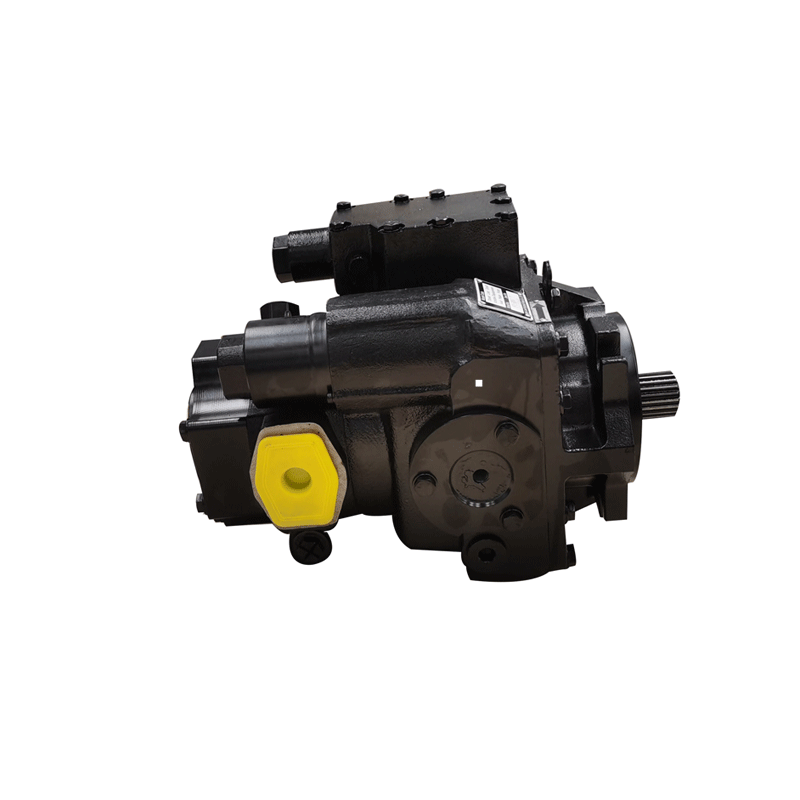Hydropower Pump Manufacturing Excellence: A Review
Hydropower pumps are designed to move water, converting pressure and kinetic energy into mechanical energy that drives turbines to generate electricity. Their efficiency and reliability are crucial for consistent energy output and minimal downtime. Traditional pumps, such as centrifugal pumps, offer simplicity and cost-effectiveness, making them popular in smaller applications. However, modern axial flow pumps are engineered for higher efficiency and reduced noise, making them ideal for large-scale applications. This balance of simplicity and advanced design highlights the importance of manufacturing excellence in meeting the demands of the energy sector.
Understanding Hydropower Pumps
Hydropower pumps operate by rotating blades to push water, creating pressure that drives turbines. This process is both complex and critical, as any inefficiency can lead to significant energy losses. High-performance materials form the foundation of these pumps, ensuring durability and resistance to wear. Precision engineering is another key factor, as minor deviations can impact performance and efficiency. Rigorous quality control processes are essential, ensuring each component meets stringent standards that guarantee reliability over time.

Key Factors in the Manufacturing Process of Hydropower Pumps
Manufacturing excellence in hydropower pumps involves several critical factors:
- Advanced Materials: Materials such as stainless steel and advanced polymers ensure durability and resistance to corrosion. These materials are vital for maintaining pump efficiency and longevity.
- Precision Engineering: Advanced CNC machining and 3D printing technologies enable precise manufacturing, reducing human error and enhancing consistency.
- Rigorous Quality Control: Comprehensive testing and inspection processes ensure that every component meets industry standards, maintaining high performance and reliability.
Comparative Analysis of Hydropower Pump Design and Performance
Hydropower pumps come in various designs, each with distinct performance characteristics. Traditional axial flow pumps, such as turbine pumps, are known for their efficiency and durability. These pumps are suitable for large-scale applications and can handle high pressure and flow rates. For example, the KSB-Axial Range has been widely recognized for its robust design and high efficiency. Modern axial flow pumps, on the other hand, are engineered for even higher efficiency and lower noise levels, making them ideal for applications requiring minimal operational noise and optimal performance. Specifically, Danfoss and Grundfos are leaders in this area, with Grundfos Multistage IS pumps showcasing their advanced flow and pressure capabilities.
Case Studies of Prominent Hydropower Pump Manufacturers
Leading manufacturers are at the forefront of technological innovation, often using advanced materials and automation to enhance pump performance. For instance, FlowServe uses 3D printing to create highly precise and customized components, which can significantly reduce lead times and improve accuracy. Additionally, General Electric has rigorous testing and quality control processes in place, ensuring consistent and reliable performance. Their innovations, such as predictive maintenance systems and energy-efficient designs, not only improve pump efficiency but also reduce operational costs and minimize environmental impact. A recent case study involves Alstoms use of AI-driven predictive maintenance technology, which has significantly reduced downtime and maintenance costs in hydropower plants.
Innovative Technologies in Hydropower Pump Manufacturing
The adoption of advanced technologies is transforming the manufacturing process for hydropower pumps. Cutting-edge techniques such as 3D printing and automation are enhancing pump efficiency and reducing operational costs. For example, 3D printing allows for the creation of highly precise and customized components, making the manufacturing process more flexible and cost-effective. Additionally, automation streamlines production, reducing human error and increasing consistency. These technologies not only improve efficiency but also contribute to sustainable manufacturing practices, making the industry more environmentally friendly. One notable case is Siemens use of AI to predict pump performance and optimize maintenance schedules, leading to significant operational improvements.
Challenges and Future Trends in Hydropower Pump Manufacturing
Despite these advancements, the industry faces several challenges. Regulatory changes, environmental concerns, and the push for sustainable practices are reshaping manufacturing practices. Manufacturers are adapting by exploring eco-friendly materials and energy-efficient processes, aligning with global sustainability goals. Regulatory changes, such as the European Unions Ecodesign Directive, are driving improvements in pump efficiency and sustainability. Emerging technologies, such as AI-driven predictive maintenance, are transforming how pumps are produced and maintained. These innovations not only enhance efficiency but also address the need for sustainable manufacturing practices, ensuring the industry remains viable while minimizing environmental impact. A recent study by the International Energy Agency (IEA) highlights the importance of integrating AI in pump maintenance to reduce energy consumption and operational costs.

The Path Forward for Hydropower Pump Manufacturers
Manufacturing excellence remains a critical aspect of the hydropower pump industry. By embracing advanced technologies, addressing environmental challenges, and prioritizing sustainable practices, manufacturers can continue to meet the growing demands of the energy sector. The commitment to excellence in manufacturing ensures that hydropower pumps remain a reliable and efficient source of energy, contributing to global sustainability efforts.
By addressing these areas, the industry can ensure that hydropower remains a vital and efficient component of modern energy systems.
ADD:No. 2 Tianchen Road, Yucheng High-tech Zone, Shandong
Copyright © www.highlandhydrostatic.com | Sitemap | Privacy Policy









